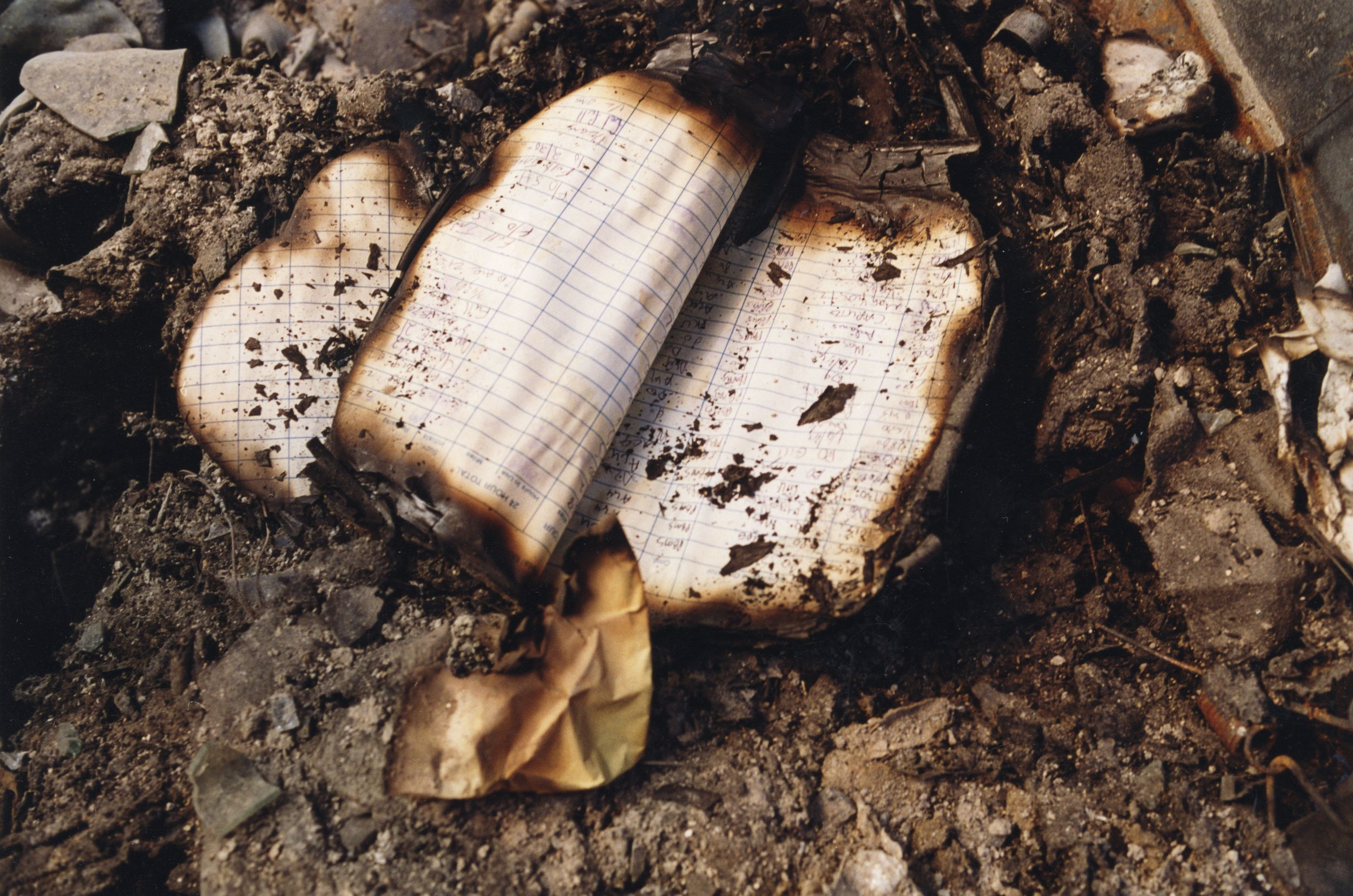Bricks on the Outskirts of Kolkata, India
Bricks on the Outskirts of Kolkata, India
The use of bricks as a building material goes back at least 9,500 years as confirmed at a site in Tell Aswad in the upper Tigris region of what is now modern Syria.
In the Old Testament in Exodus 1:14; 5:4-19 we are told that the Egyptians “came to dread the Israelites and worked them ruthlessly. They made their lives bitter with harsh labor in bricks and mortar.”
The organization Union Solidarity International has been campaigning against “blood bricks” in India since 2012. In the words of Andrew Brody, “its modern day slavery. Entire families of men, women, and children are working for a pittance, up to 16 hours a day in terrible conditions. There are horrific abuses of minimum wage rates and health and safety regulations, and it’s often bonded labor, so they can’t escape.”
Earth Sciences: London Geology- Brick, University College London, 2016.
https://www.ucl.ac.uk/earthsciences/impact/geology/london/ucl/materials/brick
In this overview on the history of brick and brick making, University College London reports that the first uses of the brick came from the availability of materials, “In Babylonia there was a lack of both timber and stone, and the thick clay deposited by the overflowing rivers was the only material adaptable to building.” The clay was made into bricks that were then dried and strengthened by the sun.
As production technologies evolved, bricks became essential components in the constructions of cities and empires. UCL writes, “The Romans manufactured fired bricks in enormous quantities and gave them an important role as a basic structural material in buildings throughout the Roman Empire.” Whether exposed or covered with a decorative façade of stone or marble, “brickwork has been in constant use everywhere, adapting itself to every sort of construction and to every change of architectural style.”
The Industrial Revolution and the invention of mechanical means for brick production allowed brick to be produced in greater volumes and “entirely replaced the ancient hand-fashioning methods.” Over the next century this technology made brick one of the most widely used building materials. By 1965 the total worldwide output of bricks per year was 8 billion. However by 1990 that number had been halved due to the increased use of cement-based blocks that provided better insulation than their brick predecessors.
The English Standard Version Bible: Containing the Old and New Testaments with Apocrypha, Oxford UP, 2009.
While describing the oppression of the Israelites by Pharaoh, The Book of Exodus in the Old Testament says, “[12] the Egyptians came to dread the Israelites [13] and worked them ruthlessly. [14] They made their lives bitter with harsh labor in brick and mortar and with all kinds of work in the fields”
Later Exodus 5 says “[6] Pharaoh gave this order to the slave drivers and overseers in charge of the people: [7] “You are no longer to supply the people with straw for making bricks; let them go and gather their own straw. [8] But require them to make the same number of bricks as before; don’t reduce the quota. They are lazy; that is why they are crying out, ‘Let us go and sacrifice to our God.’ [9] Make the work harder for the people so that they keep working and pay no attention to lies.”
Hawksley, Humphrey, Why India's brick kiln workers 'live like slaves', BBC News, 2 January 2016.
http://www.bbc.com/news/world-asia-india-25556965
Hawksley describes life for workers in India’s brick factories, likening the conditions to slave labor. He explains that whole families of poor Indians travel to the brick kilns of Andhra Pradesh, outside of the city of Hyderabad, to work day and night to produce “1,500 bricks a day.”
Hawksley quotes Indian labor activist Aeshalla Krishna, who describes the human rights abuses at the kilns, saying, “They work 12 to 18 hours a day, pregnant women, children, adolescent girls…their diet is poor. There is no good water. They live like slaves.” However these conditions and abuses are not recent but prolonged, Hawksley explains, “The situation has been like this for decades, if not centuries.”
Hawksley goes on to describe Madhiri Mallik, a five-year-old girl working at Andhra Pradesh with her family. “The only clothing she wears is a pair of shorts” and is “suffering from an eye problem because of the smoke.”
The History of Bricks and Brickmaking. Brickarchitecture,
https://brickarchitecture.com/about-brick/why-brick/the-history-of-bricks-brickmaking
Bricks are one of mankind's oldest building materials. Once the Romans introduced kiln fired bricks, possibilities for brick building and architecture became limitless. Bricks even outlived the fall of the Roman empire, and continued to spur inspiration around the world.
German gothic architecture was born with the creation of red fired bricks in the 12th century. This spread to many countries such as Sweden, Denmark, Poland, Finland, and Latvia. In the 16th century, Gothic Brick architecture was replaced by the Brick Renaissance.
Meanwhile, in Mexico, Adobe bricks (sun dried clay and straw bricks) were used to build some of the most well known aztec structures which still stand today, such as the Pyramid of the Sun (built in the 15th century).
Bricks were soon brought to America, some of the earliest American structures were built with bricks (dating to 1611). Even modern day American architecture relies on the use of bricks—the Empire State Building used 10 million bricks in its erection.
Once brick-making was mechanized in 1885 bricks became even more sought after. This industrialization of brick-making made them far stronger and increased the supply of bricks greatly. In the 19th century 10 billion bricks were produced annually.














































